****This article discusses what is meant by Chinese (Chinese), its short history, its classification, and examples of vocabulary absorbed into Indonesian****
"Brother, buy siomay goceng, dong, kamsia ya.
Ah, not cuan cua if you just owe.
Kongkow first yuk, where the mama cincai"
The above sentences must be familiar, right on your ears? Well, from these sentences, lo there perhatiin not, the words that really sounds not like the Indonesian language huh? Hayo, whose words are that?
Goceng, siomay, kamsia, cuan, kongkow, kincai.
Yup, these words are not the original vocabulary in Indonesian, they are the word absorption. Approximately, they are absorbed from what language, huh? If I ask people, most of them will answer Chinese (Chinese). Bener not? Well, right and wrong, hehe. During this time you may think that words that sound like that comes from the Chinese language.
However, in fact the Chinese language is not there.#
Hah? So what words do they really come from? Well in this article I will jelasin, so lo will not misunderstand again about the name of the Chinese language. Moreover, this article may be of interest to lo who likes / interests with foreign languages, especially to the languages that come from China. Let's discuss it.

[image source]
Chinese language?#
Actually, the Chinese name does not exist. The Chinese language itself is actually a language family. So, if we call it "Chinese", it is not right, guys, because it is not a language, but a collection of several languages that come from China. So, from now on, do not call "Chinese" or "Chinese" anymore, yes, the correct term is Chinese Language, or Chinese Language Family.
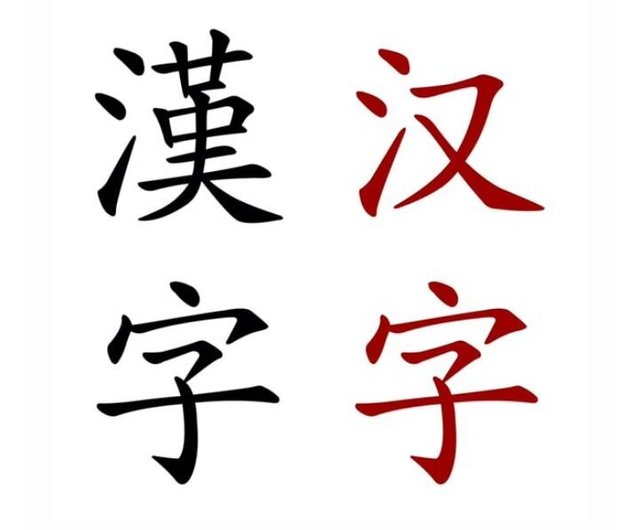
[image source]
used in Chinese languages.
The black letters are traditional (used in Taiwan), whereas the red ones are simplified (used in PRC and Singapore)
Classification of Chinese Language#
Well, because I was saying that "Chinese" is actually a language family of several languages, now let's see what languages are.
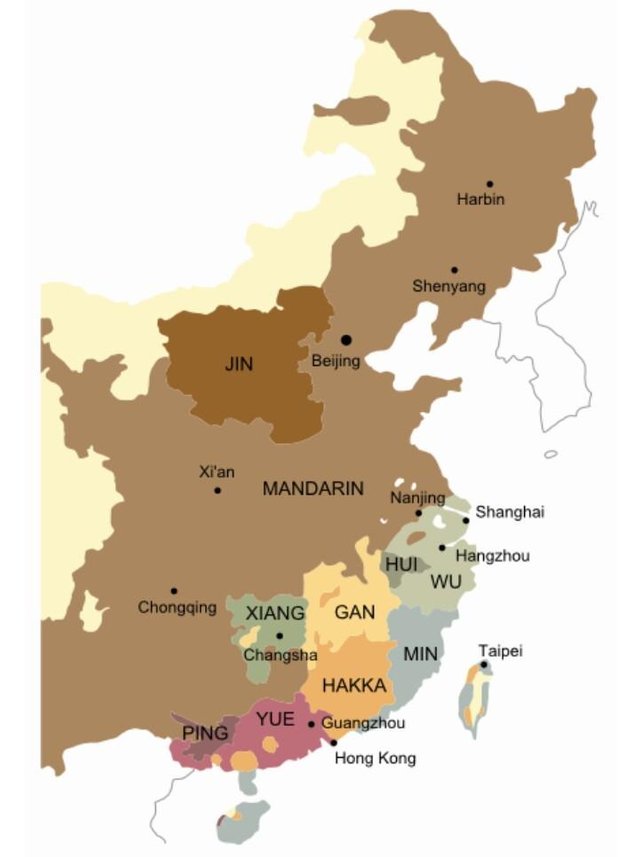
[image source]
****
Chinese ****[官 话]****
The most widely used language. Mandarin is the national language and primary language of the People's Republic of China, the Republic of China (Taiwan), as well as one of the national languages of the DOC (Special Autonomous Region) of Hong Kong, DOK Macau, and Singapore.
Jin ****[晋 语]****
A language very close to Mandarin, used in Shanxi and surrounding areas.
Wu ****[吴语]****
Informally referred to as Shanghai language, used in Shanghai, Suzhou, Anhui, Zhejiang and Anhui areas.
Min (Hokkien) ****[闽语]****
Language derived from Fujian and Guangdong, in Indonesia is also called as Hokkien language.
Hakka (Khek) ****[客家 语]****
Languages that also come from Fujian and Guangdong, have proximity to Hokkien. In Indonesia, this language is also known as Khek language.
Teochew ****[潮州 话]****
The language that is a variant of the Hokkien language, also known as Tiochiu language in Indonesia.
Gan ****[赣 语]****
The language derived from Jiangsi, has a historical closeness to the Khek language.
Xiang ****[湘 语]****
Languages from Hunan and Hubei Selatan.
Yue ****[粤语]****
Languages that also come from Guangdong, its main variant is also known as Cantonese (Hong Kong).
Hui ****[徽州 话]****
The language that comes from South Anhui, has the characteristics of Mandarin, Gan, and Wu.
Ping ****[平 话]****
Languages suspected to be from Guanxi, have characteristics of the Xiang and Yue languages.
Well, lots of it, yes. This is a new language that has been classified, loh, there are many more Chinese variants that have not been classified. In fact, for the Chinese themselves, the terms for their national language are many, such as:
中文 = zhongwen, meaning Chinese.
国语 = guoyu, meaning country language.
普ε话 = putonghua, meaning "common language"
华语 = huayu, meaning Chinese, a term used by Chinese descendants in Southeast Asia
汉语 = hanyu, meaning Han language, because Chinese is the original language of Han Chinese in China.
Some linguists assume that some of the above languages are in fact the same language, having only dialect variants, using the same writing system (hanzi) as well as containing many similarities of vocabulary. However, if I think (and many other experts too), these languages are individual languages, which deserve to be categorized as whole languages, because they have a very significant phonological difference. Try to compare with the languages that exist in Indonesia, Batak language, Java language, Sundanese, etc., they are different languages, right?
History of Chinese Language#
If you've read Marcel's article about the collapse of China's last dynasty, you know that China has a very long history. So it is with the languages. In general, the history of the Chinese family is divided into 3 periods, namely:
Ancient Period#
It is an early period of Chinese. In this period there were not many variants of Chinese, tended to focus on the Chinese language used in the Zhou Dynasty (1122-256 BC), then passed on by the Han Dynasty. In the Han Dynasty era, Confucian books and ancient literary works serve as the standard of ancient Chinese. In this era also the Han Dynasty make a standard called the phrase called Ancient Chinese. Most of the vocabulary in this period is monosyllabic (one syllabic for one word). In this period there are several variants of local languages that are largely unregulated, so it is only inherited from mouth to mouth.
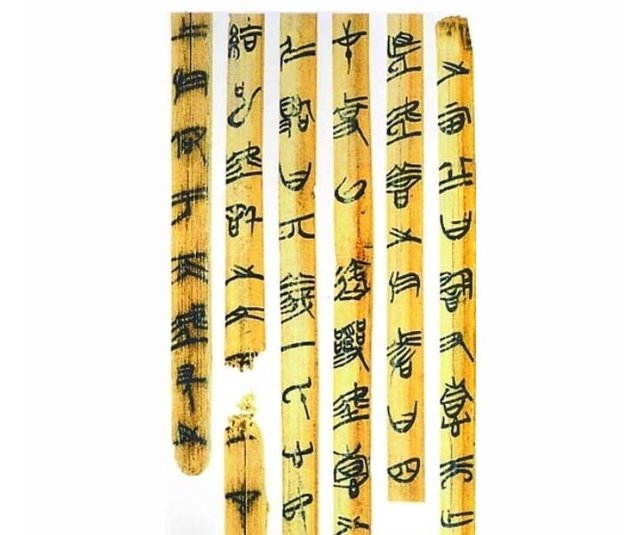
[image source]
Middle Period#
In this period began to appear to have a more standardized regulation, especially in the Tang Dynasty (6-10th century AD). Ancient Chinese Phonology is perfected into Rima Qieyun's Dictionary. In this era of Chinese variants broke into many, some of which became the basis for Mandarin, Yue, and Wu. In this era also the writing system Hanzi give influences for languages outside China such as Japanese, Vietnamese, and Korean. Language regulation was also continued by the Ming Dynasty (14-17 CE), and officially named Guanhua (official language).
New Period#
Although the Ming Dynasty once established Guanhua, the language variant used in China at the end of the dynasty era was still very much, so in the 17th century, the Qing Dynasty did a standard called Zhengyin Shuyuan, in which the Chinese language Beijing was set as the standard of the national language. However, this process is not running well, until finally completed 2 centuries later.
The Modern Period#
In 1912, after the Republic of China came into being, they formed a body called Duyin Tongyi Hui (the Unification Committee of the Tata Ucap), and perfected the language regulation that had been run by the Qing Dynasty. As a result, Beijing Mandarin is still standardized, and a new way of writing is called Zhuyin. Zhuyin facilitated the writing and reading of Hanzi by breaking the Hanzi component into individual strokes. Then in the 1950s, based on the need to transmit the literature (transliteration) from Hanzi to Latin letters, a writing system called Hanyu Pinyin was created.
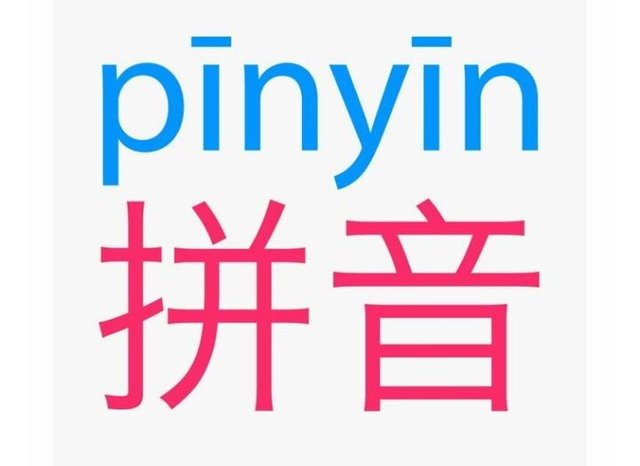
[image source]
Red: hanzi
Chinese to Other Languages#
Due to the enormous influence of Chinese culture to the surrounding area for thousands of years, the language system also gives influence to other languages. This is highly visible from their writing system, the Hanzi. The Japanese adopted the Hanzi into the language of Kanji, the Korean nation adopted the Hanzi into Hanja, and the Vietnamese adopted the Hanzi into Hán tự.
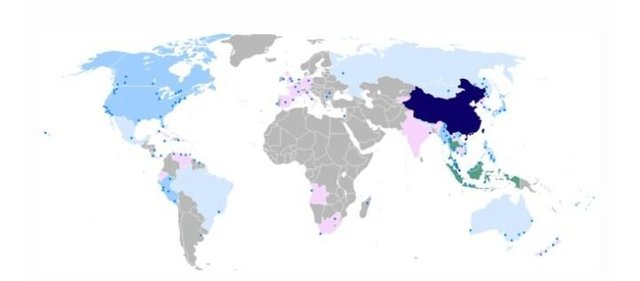
[image source]
Well, in the Indonesian language itself, in addition to the vocabulary that I mentioned above, there are many vocabulary that gets the influence of the Chinese Language Family, both in formal and informal manner. Here is a list of Indonesian vocabulary absorbed from Chinese Language Family:
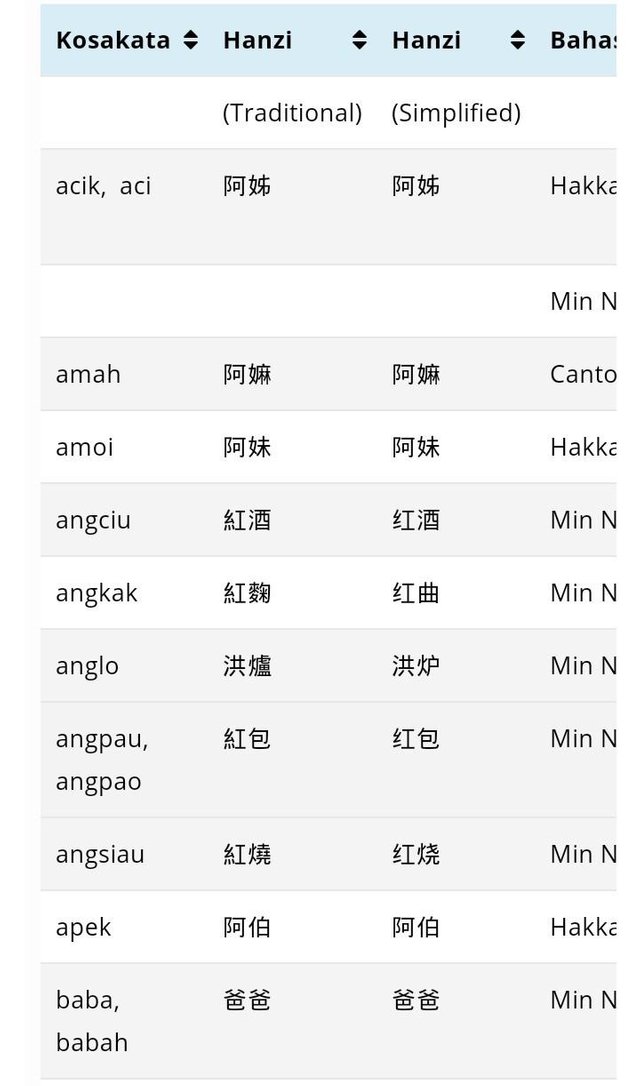
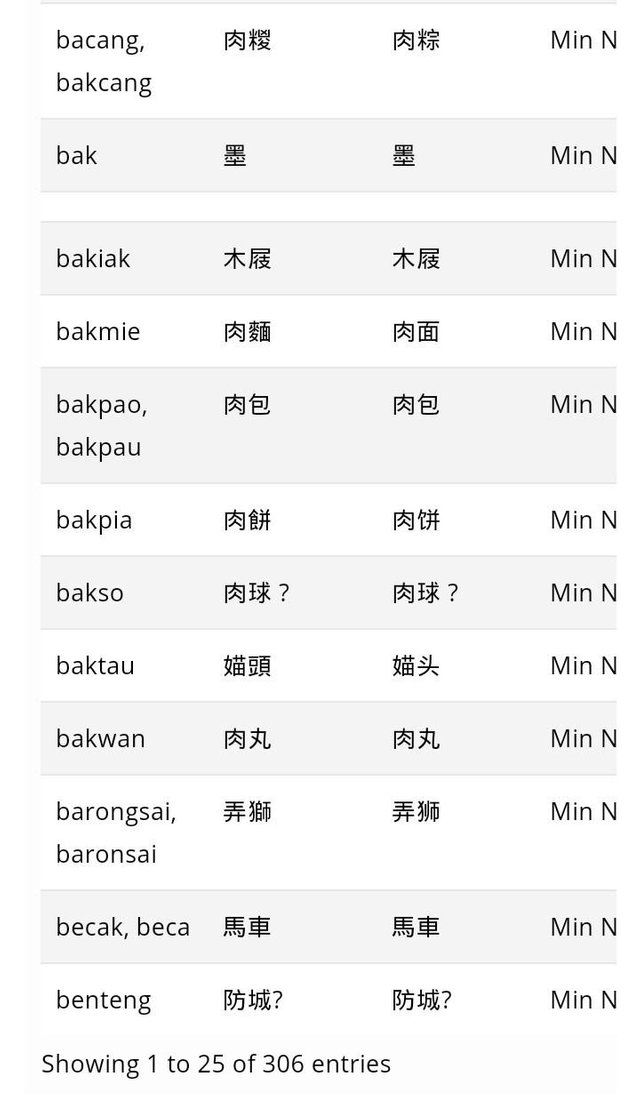
[image source]
Well, now you already understand, that actually the name "Chinese" is not a language, but a collection of languages that exist in China. Just like the local languages that exist in our country, in China there are also many local languages.
So long ago my writing this time, may be useful for lo, especially for you who are interested to deepen the Chinese language (ups, Mandarin, meaning), or maybe to deepen your interest in learning a foreign language, as I've discussed in the previous article . By learning the intricacies of Chinese languages, I hope your motivation to learn Mandarin (and other Chinese languages) may increase, and ultimately help you to master those languages as well. See you in the next article, yes, zai jian!
